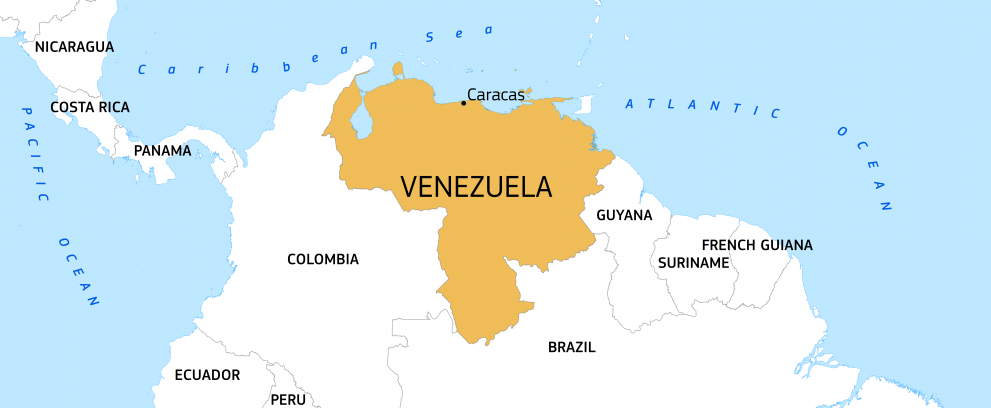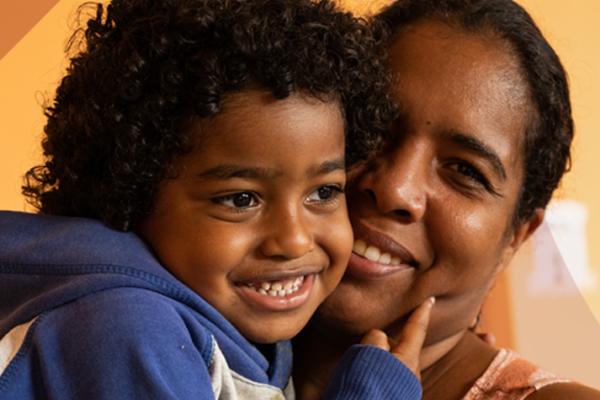Introduction
With presidential elections on 28 July 2024 marred by controversy and unrest, Venezuela continues to face a deep political and socio-economic crisis. This has led to a collapse of public services such as healthcare, water and sanitation, education as well as scarcity of basic goods. Additionally, the strain on humanitarian resources is intensified by exposure to natural and human-induced hazards like floods, landslides, oil spills and armed violence.
Venezuela is the third country with the highest number of displaced people in the world. More than 7.7 million Venezuelans have left the country since 2015.
According to local humanitarian assessments, 20.1 million people need humanitarian assistance, primarily in essential areas such as food, health, protection, nutrition and education. Nearly 70% live in multidimensional poverty.
What are the needs?
Despite a significant reduction in inflation rates, lack of basic services and severe scarcity of essential goods still compromise the daily lives of many. According to UN figures, it would take more than 30 years of positive economic growth, at the 2021 rate, to reach the economic volume it had in 2013.
Food remains scarce for 41.9% of the population, the food crisis has an adverse impact on children’s nutrition. The price of the basic monthly food basket remains very high for most of the population, who need about 170 times the minimum monthly wage to afford it.
The loss of public health system services affects more than 70% of the population. Outbreaks of diseases such as malaria and dengue frequently affect the most vulnerable population.
Around 70% of the population does not have regular access to water. The country has seen several widespread outbreaks of infectious diseases: measles, diphtheria, and malaria, most likely because preventative and vaccination programmes have been discontinued or have a very low coverage, and sanitary conditions have worsened.
Up to 40% of school-aged children are not attending class regularly and 18% are outside of the education system. The mass exodus has also resulted in the lack of qualified education personnel – at least 200,000 teachers left the country since 2017.
In 2023, 6,973 violent deaths were reported. Homicide rates are among the highest in the world (26.8 deaths per 100,000 inhabitants in 2024). The situation in border areas, confronted with the presence of armed actors and criminal gangs, is of particular concern, with an increase in violence. 4.4 million people, including 1.4 million children, need protection assistance.
Violence and repression exponentially increase protection needs as well as emergency health needs, in the context of an already serious decline in access to health services.

How are we helping?
In 2024, the EU has allocated almost €75 million in humanitarian aid to respond to the most urgent needs of Venezuelans. The funding helps assisting Venezuelans in need inside the country as well as those hosted in neighbouring countries.
The funding inside the country focuses on delivering health, nutrition, protection, education, food assistance, shelter, and legal assistance, among other areas of intervention. It also includes an emergency response to floods in the aftermath of Hurricane Beryl and tropical waves. The assistance to refugees and internally displaced people focuses on emergency medical services, food assistance, the provision of legal information and support, protection initiatives (specifically against gender-based violence and human trafficking), education in emergencies, and shelter.
Since 2016, the EU has allocated €468 million[1] in emergency humanitarian aid for the Venezuelan crisis.
EU humanitarian assistance is delivered through UN agencies, international non-governmental organisations (NGOs), and the Red Cross movement. They implement projects covering the broad spectrum of humanitarian needs.
The aid focuses on addressing the most pressing needs of the population, targeting vulnerable groups such as children under 5 years (mainly nutrition) and children under 18 (comprehensive), pregnant women and breastfeeding mothers, older people, and indigenous groups.
[1] Including €18 million currently subject to the approval of the Budgetary Authority
Last updated: 22/10/2024
Related links


